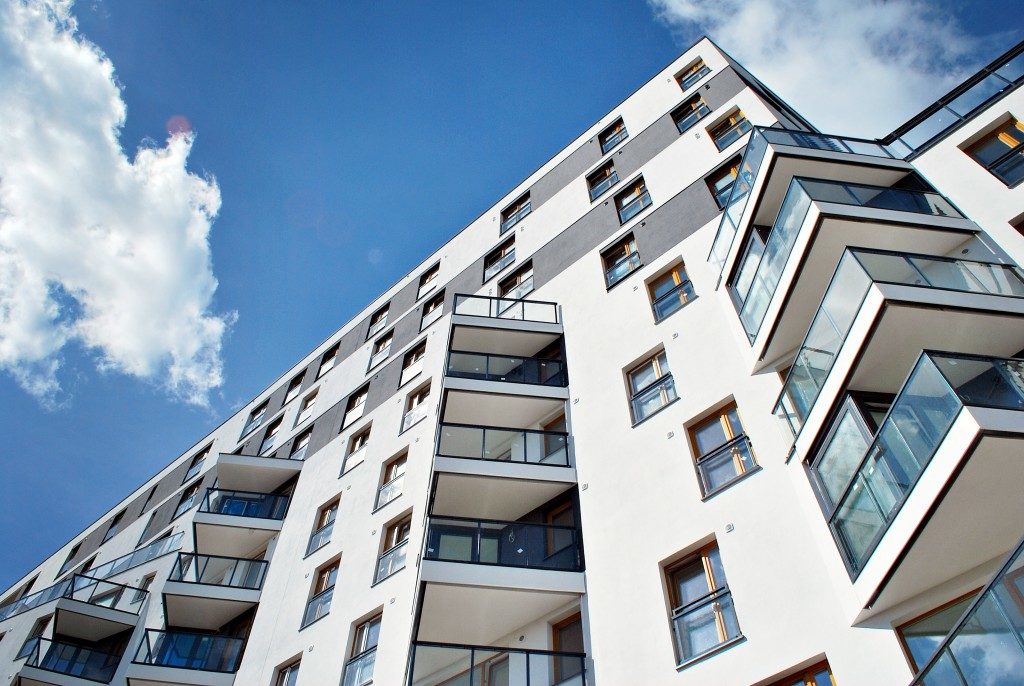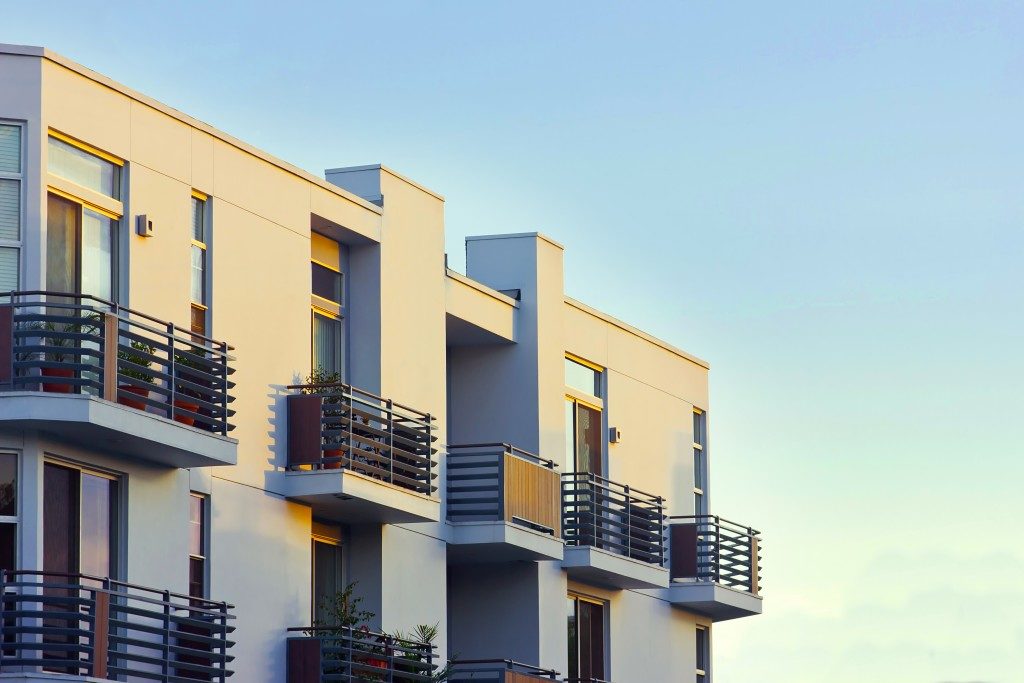The relationship between a building’s state and its occupants’ health is considerable, as people spend most of their time indoors. The effects of a building can be either negative or positive, depending on the expertise and effort put in the design and construction.
At its core, the concept of a healthy building is all about how well a building promotes occupants’ well-being. Many developers are responding to the growing requirement for occupant wellness by incorporating a number of features in their building plans. We will cover five of the most exciting factors so you can consider them for your next building project.
1. Noise Reduction
Civilization has brought everything closer. On the one hand, it’s convenient. But on the other hand, the close quarters has kept noise from dispersing.
Any sound that interferes with conversation, sleep and other normal activities qualifies as noise. Modern buildings are exposed to all forms of it unless you have a building services consultant in Tigard recommend the installation of effective noise inhibitors. This design can control all forms of noise, including machinery, mechanical equipment and background noise. The result is a quiet environment that promotes proper communication, emotional stability, and physical activity.
2. Better Security
Human beings need to feel safe where they are. Otherwise, they become too preoccupied to focus on their tasks and put their body in a stressed state. How is this related to buildings? Security threats in buildings have evolved with the times, so building services consultants must up their game. Occupants tend to be less fearful if the building incorporates good locks, sturdy fences, advanced entry systems.
3. Improved Thermal Quality
Examples of contributors to thermal comfort are humidity, temperature and air velocity. What might be missing from many builders’ arrangements is the fact that thermal conditions have far-reaching effects on occupant health. You can enhance building health by adding dedicated systems like an air conditioning and heating system to these components.
4. Enhanced Ventilation
Ventilation has been the focus of builders since time immemorial, but challenges still exist for conventional systems. Sometimes, there are more pollutants indoors than there are outdoors. A good building expert will help you meet all ventilation guidelines locally and internationally. This includes achieving 75% removal efficiency for all particles. They should also help building owners to perform regular checks of the system.
5. Better Water Quality

Water quality and the health of a building go hand in hand, considering that tap water is perpetually at risk of microbial contamination. Many people obtain their water through taps, so it is likely that their health could be compromised by poorly installed or managed water systems. Apart from testing the water regularly, you want to design water pipes such that no stagnation occurs. If possible, have a professional install a water purification system to take care of contaminants.
Occupant health and building design are interrelated. Less pollution, lower energy consumption, and improved comfort all define a modern healthy building. Adopting these types of building plans, with qualified building services consultants on hand to offer support, is the way to the future.
